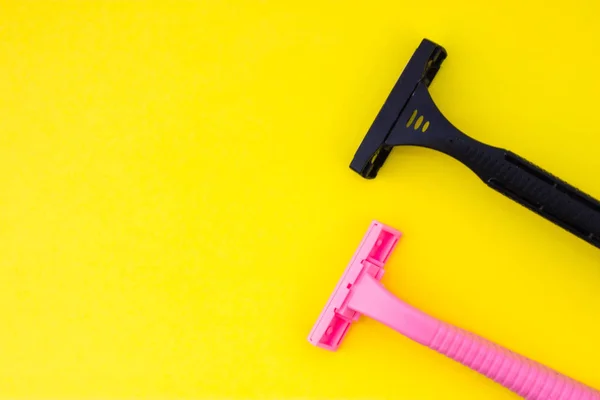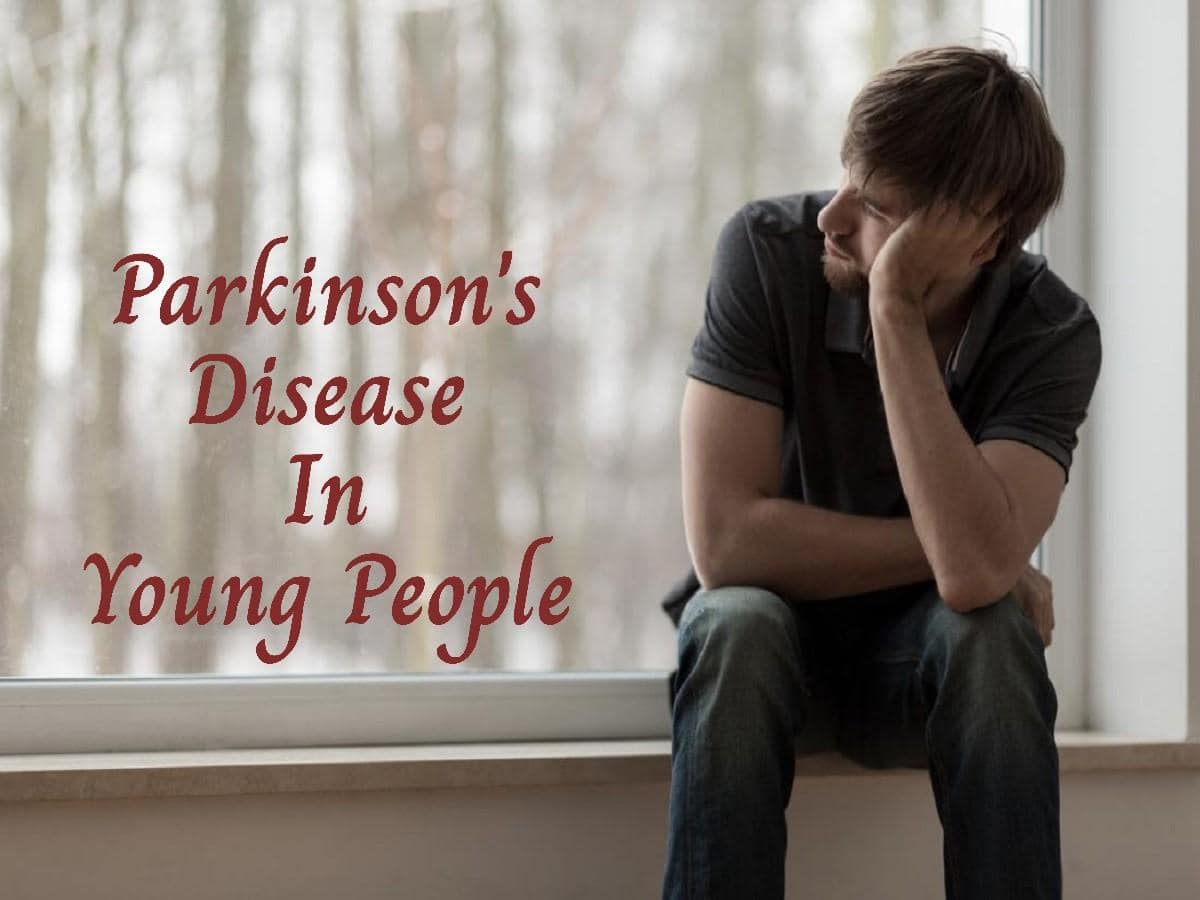Pubic hair grooming has become increasingly popular over the years, with many people opting for a clean, hairless look. However, concerns have been raised about the link between shaving and sexually transmitted diseases (STDs). Can shaving pubic hair really cause an STD?
Understanding STIs and How They Are Transmitted
Before we dive into the specifics of pubic hair shaving and STIs, it’s important to have a basic understanding of what STIs are and how they are transmitted. STIs are infections that are spread through sexual contact, including vaginal, anal, and oral sex. Common STIs include chlamydia, gonorrhea, syphilis, herpes, and human papillomavirus (HPV). Some STIs can also be transmitted through skin-to-skin contact, such as with genital warts.
The Link Between Pubic Hair Shaving and STDs
Pubic hair shaving can lead to micro-tears or cuts in the skin, which can make it easier for viruses and bacteria to enter the body. This can increase the risk of contracting an STD, especially during sexual activity. However, it is important to note that shaving alone does not cause an STD. STDs are caused by bacteria, viruses, and parasites that are transmitted through sexual contact.
Also read | Lack Of Intimate Hygiene Can Lead To Infections: Ways To Overcome Challenges

The Risks Involved in Pubic Hair Shaving
While pubic hair shaving does not directly cause STDs, it can increase the risk of contracting them. Some of the risks involved in pubic hair shaving include:
- Skin Irritation: Shaving can cause skin irritation, which can lead to the development of small bumps, ingrown hairs, or razor burn. These can increase the risk of infection if left untreated.
- Open Wounds: Shaving can cause micro-tears or cuts in the skin, which can make it easier for bacteria and viruses to enter the body.
- Spread of STDs: If a person has an STD and shares grooming tools, such as razors, with someone else, they can spread the infection to others.
Don’t miss to read | Side Effects of Using Shaving Cream on Pubic Hair: What You Need to Know
Tips for Safer Grooming Practices
If you choose to groom your pubic hair, there are several steps you can take to reduce the risk of contracting an STD:
- Use Clean Tools: Always use clean grooming tools, such as razors, scissors, or clippers. Do not share these tools with anyone else, as this can increase the risk of infection.
- Prepare the Skin: Before shaving, make sure the skin is clean and dry. Use warm water and a mild soap to clean the area.
- Use a Sharp Razor: Use a sharp razor and shave in the direction of hair growth to reduce the risk of skin irritation and cuts.
- Moisturize the Skin: After shaving, apply a moisturizing lotion or oil to the skin to soothe any irritation and prevent dryness.
- Monitor for Infections: If you develop any bumps, redness, or other signs of infection after grooming, seek medical attention immediately.
Tips for Reducing the Risk of STI Transmission
If you’re concerned about the risk of STI transmission from pubic hair shaving, there are some steps you can take to reduce your risk:
- Practice safe sex: Always use a condom or dental dam during sex to reduce the risk of STI transmission.
- Get tested: Regular STI testing is important for anyone who is sexually active. If you have an STI, it’s important to get treated right away to reduce the risk of transmission.
- Be careful when shaving: If you do choose to shave your pubic hair, be careful to avoid cuts or abrasions. Use a clean razor and shaving cream, and consider using a soothing lotion or oil afterwards to reduce irritation.
- Consider other hair removal methods: If you’re concerned about the risk of STI transmission from shaving, you may want to consider other hair removal methods, such as trimming or waxing.
- Communicate with your partners: It’s important to communicate openly with your sexual partners about your sexual health and any concerns you may have. This can help you make informed decisions about sexual activities and reduce the risk of STI transmission.
Also read | 8 Ways to Make Waxing Less Painful – Helpful Pointers









